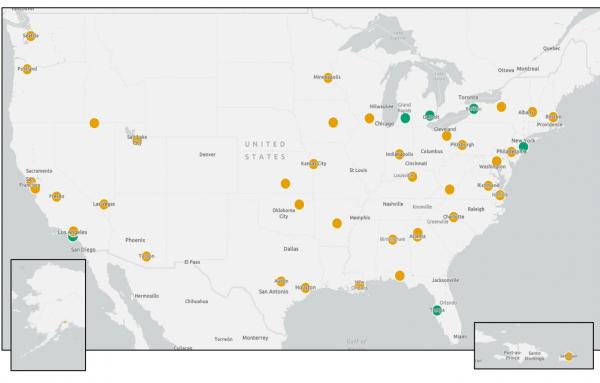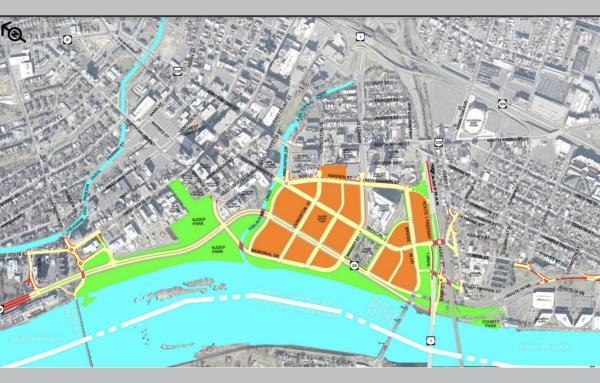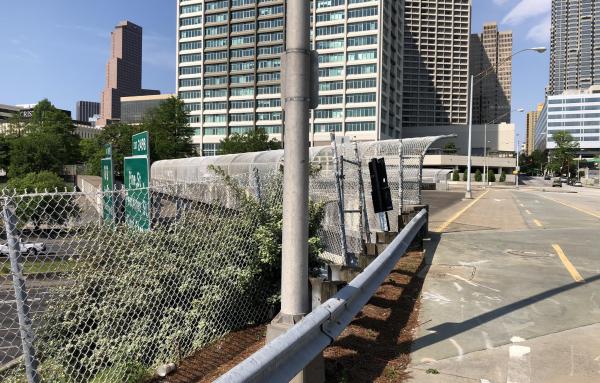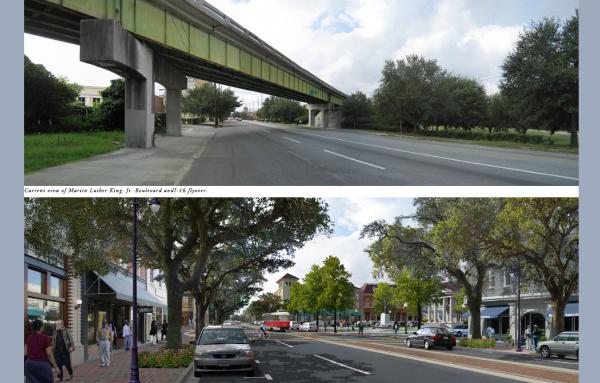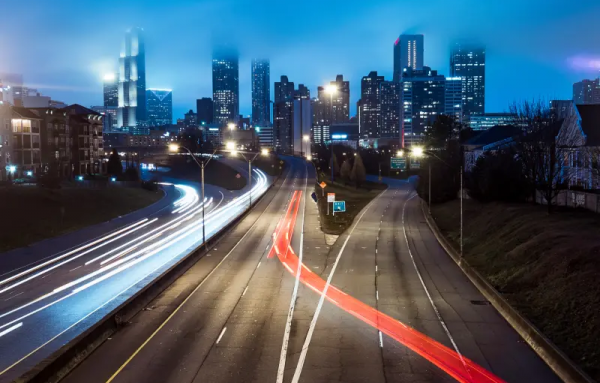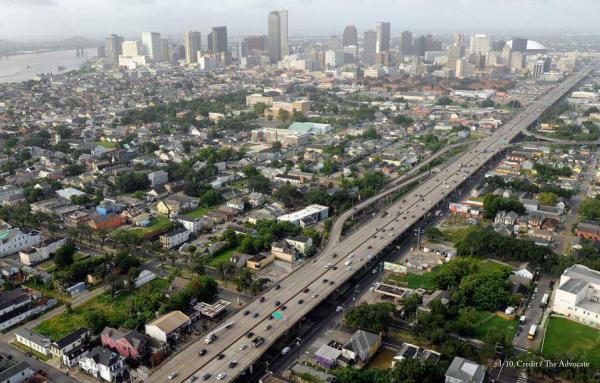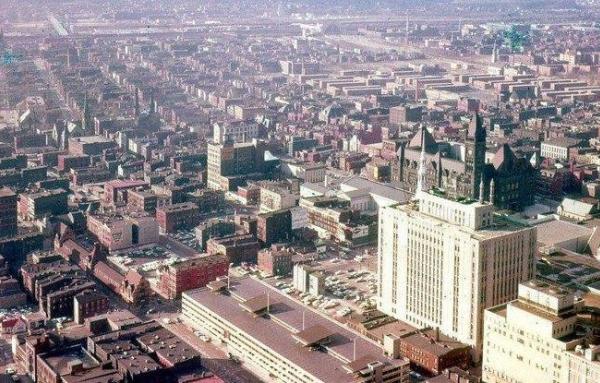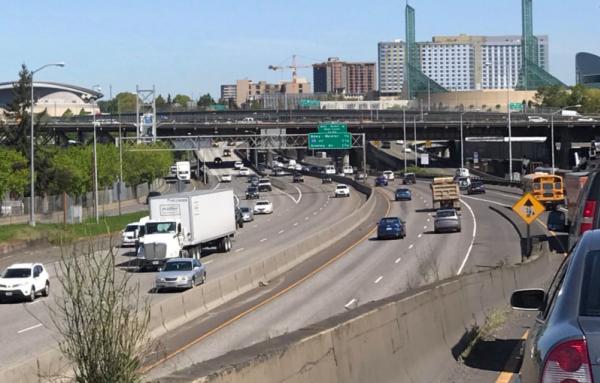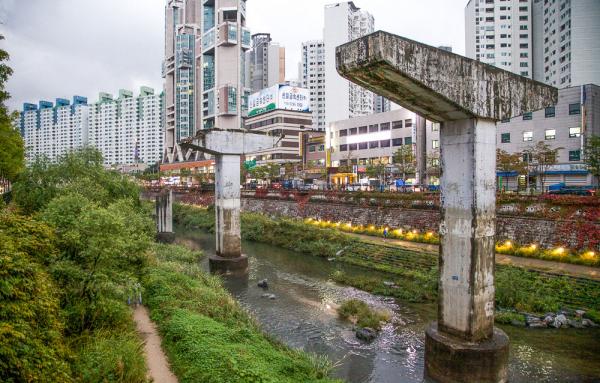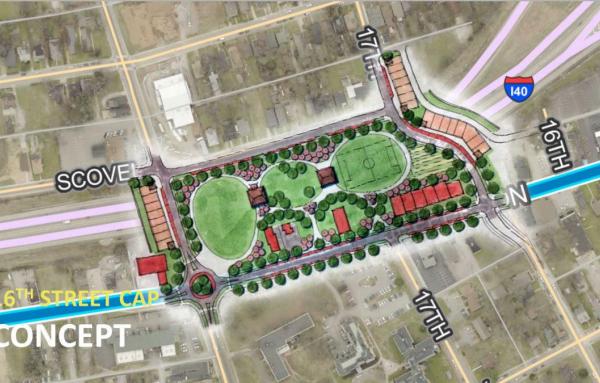Freeway transformation
Reconnecting Communities grants represent a step toward a larger effort to undo the considerable damage from 20th Century transportation planning, aligning with CNU's Freeways Without Futures.
Plan would open up the New Jersey capital's riverfront and offer economic, social, and environmental benefits.
The ten campaigns selected for the 2023 Freeways Without Futures report offer a roadmap to the future of North American infrastructure
To mitigate this scar on Atlanta’s urban fabric, two freeway cap proposals are being pushed by local business groups.
The terminus of I-16 cuts into the historic core of Savannah, and removal of a flyover would help to heal the wounds of 1960s destruction in a minority and immigrant neighborhood.
Entrenched state departments of transportation dedicated to highway building threaten to capture Reconnecting Communities grant funds to continue harm — not undo it.
As freeway removal gains national recognition and funding from the federal government, it's time to look at some of our most nominated freeways for CNU’s Freeways Without Futures report and where they are today.
Activists and designers have envisioned an alternative to a monstrous highway expansion that is advancing relentlessly through the political process in Cincinnati and Northern Kentucky.
The halting of three in-city freeway expansions highlights a new momentum on reversing the damage of highways through urban areas.
Today’s local freeway fighting campaigns are not without precedent. Explore eight projects that serve as inspiration for the highways-to-boulevards movement in cities today.
CNU led visioning sessions sponsored by US DOT in four cities in 2016, representing a landmark recognition of the wrongs committed in the name of in-city highway building.
The CNU-supported network tracks more than 60 local freeway fighting efforts, coordinates collective action, and supports a shift toward multimodal transportation systems.
